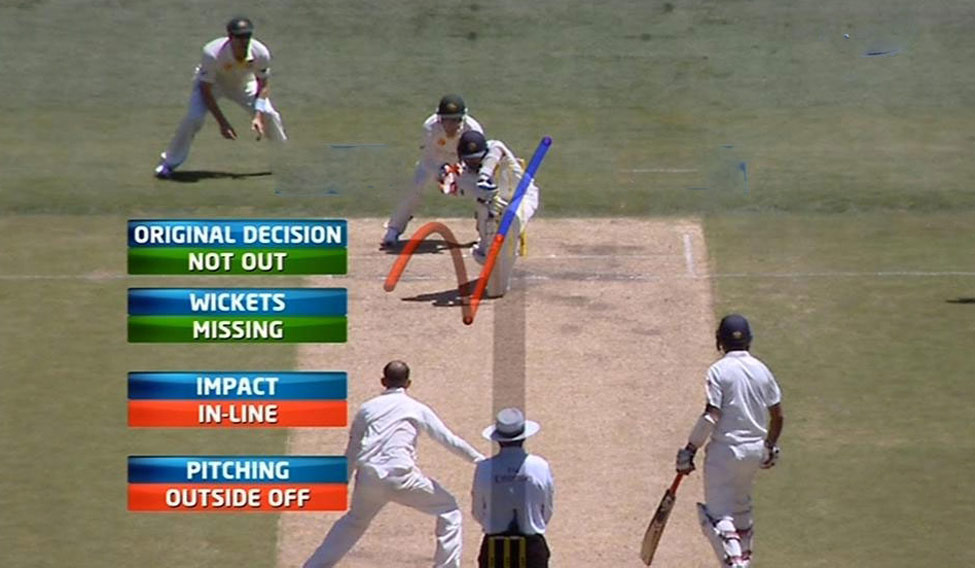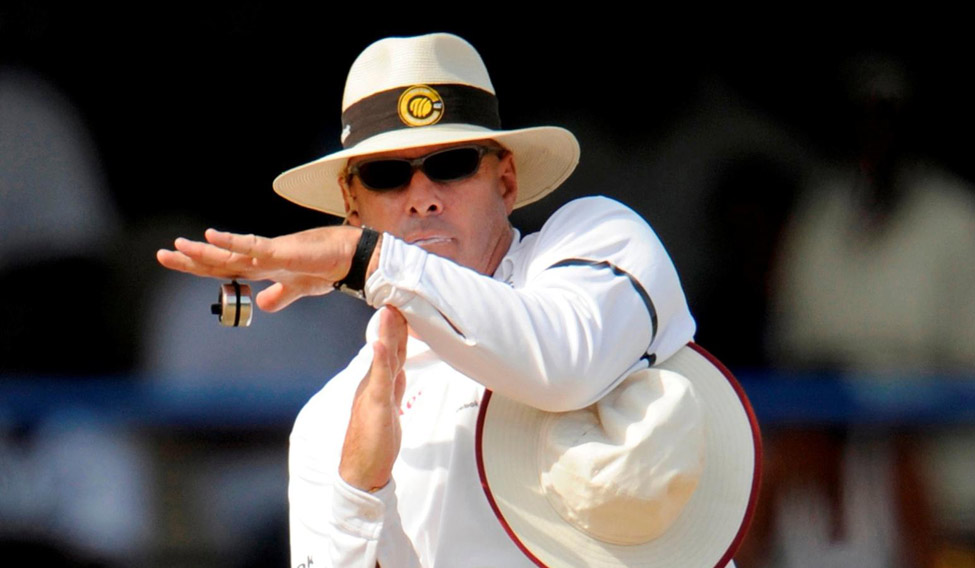After opposing the Decision Review System for years, the BCCI (Board of Control for Cricket in India) finally agreed to use it on an experimental basis in the five-Test series between India and England starting November 9 at Rajkot. All the other nine Test-playing nations have embraced the on-field technology system to review dismissals.
The irony is that the ball-tracking technology of the DRS came under fire recently during the ongoing Test series between Australia and South Africa. Aussie players Steve Smith and Mitchell Marsh were at the receiving end of dubious DRS decisions, which were heavily criticised by former Australia captains Michael Clarke and Mark Taylor, and former greats like Shane Warne, Kevin Pietersen and Mitchell Johnson, who labelled the DRS a "failure".
What is DRS?
The Umpire Decision Review System or the DRS is a technology-based system used in cricket to review contentious decisions made by the on-field umpires. It was officially launched in 2009 in Test match between New Zealand and Pakistan. The on-field umpire's decision can be reversed by the third umpire using DRS only if it is proven beyond doubt that the decision is incorrect.

The DRS has three components:
Hawk-Eye/ Virtual Eye: It tracks the path of the ball from the point of delivery, and predicts whether it would have hit the stumps had it not been obstructed by pads or any other part of the body.
Real-Time Snickometer: It uses the stump microphone to pick up sounds in its vicinity, which helps the third umpire pick up the sound of ball hitting the bat. It filters out the noise and shows only the relevant signal like a waveform. The real-time snickometer automates the process of combining the visual and the audio.
HotSpot: This infrared imaging system uses two cameras to capture the point of impact of the ball with the bat or any part of the batsman or his gear.
There is a limit to the number of reviews allowed for the batting and the fielding side. The batsman against whom the decision is made, and the captain of the fielding side can ask for the review.
Why did India oppose it?
The BCCI and former Test skipper Mahendra Singh Dhoni were not in favour of the DRS because of its 'inaccuracy'. The Hawk-Eye technology, in particular, was the grey area as the BCCI said that the predicted path of the ball after hitting the obstruction was unreliable. The point of impact of the ball was also debatable. India last played a Test series using DRS in 2008 against Sri Lanka.
Why did India agree to use it now?
ICC entrusted a team of engineers at the Massachusetts Institute of Technology (MIT) to upgrade the DRS. The noticeable change was the introduction of Ultra Edge—a sound-based, edge detection system. Its ultra-motion cameras capture more frames—340 frames per second—between the ball pitching and hitting the pad. Data is collected from every delivery, using which the point of impact of the ball and the predicted path can be calculated more accurately.
Coach Anil Kumble and Test captain Virat Kohli have been supportive of the DRS. Kumble, who heads the ICC Cricket Committee, visited the laboratory last year and was apprised of the improvements.





